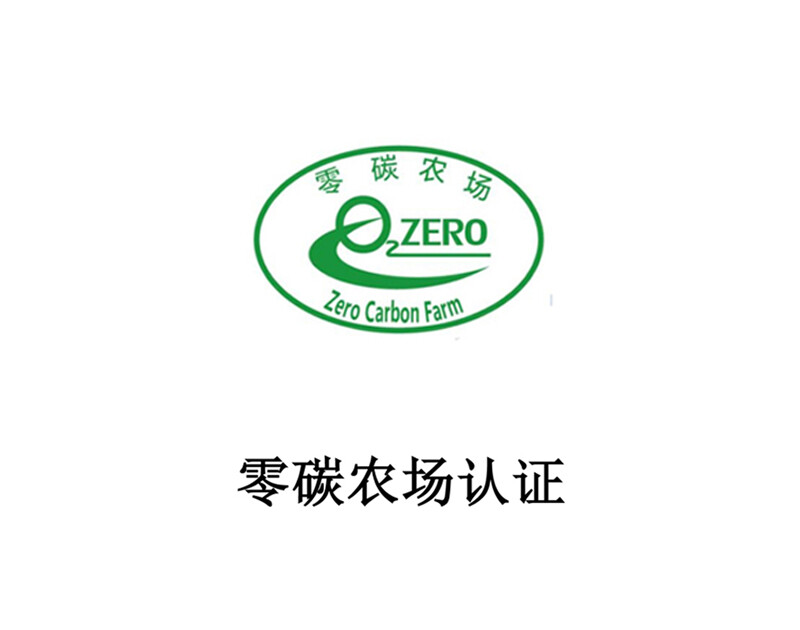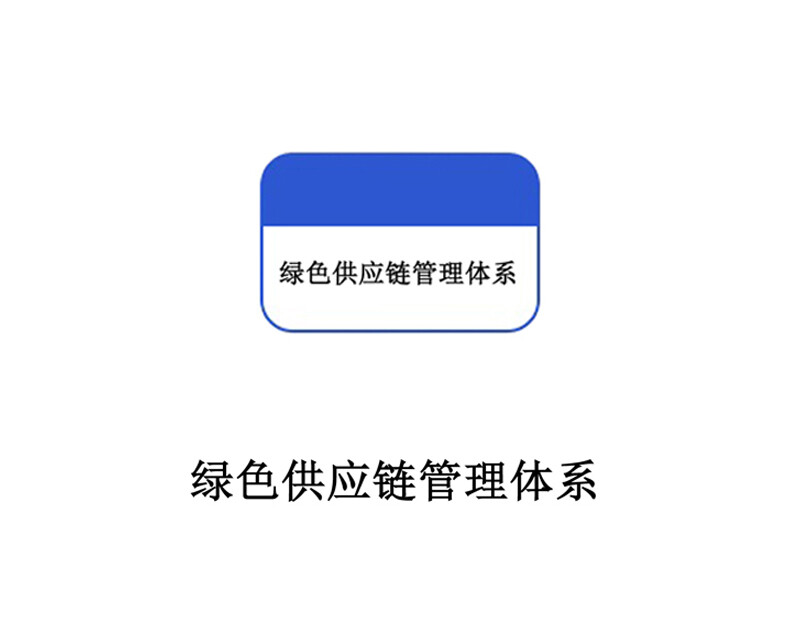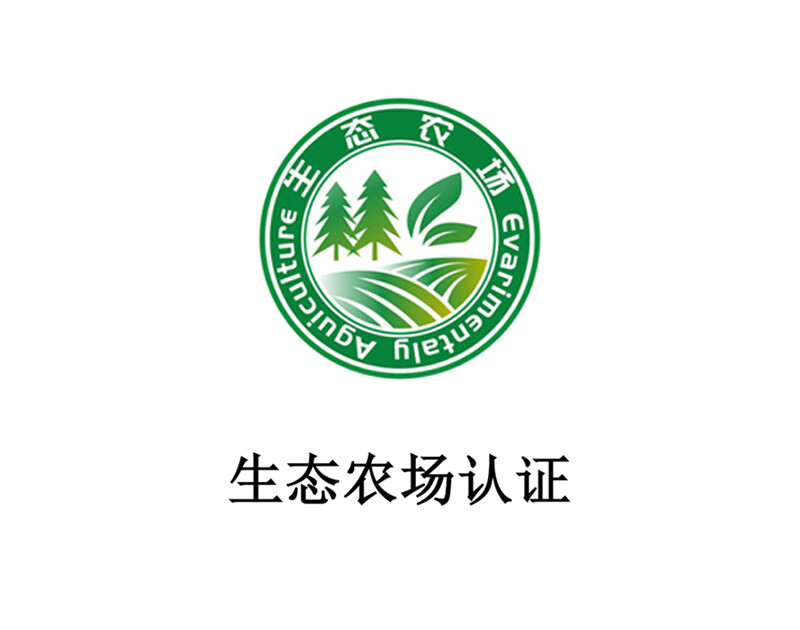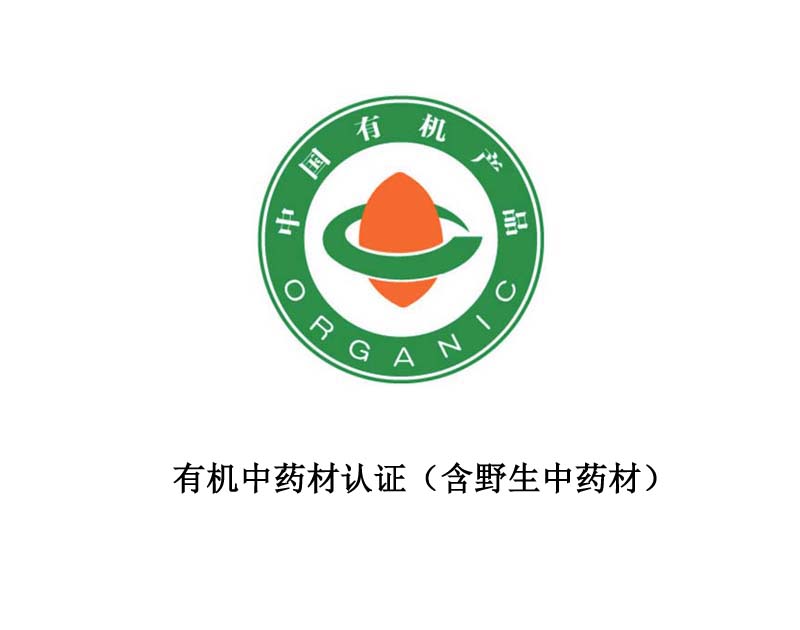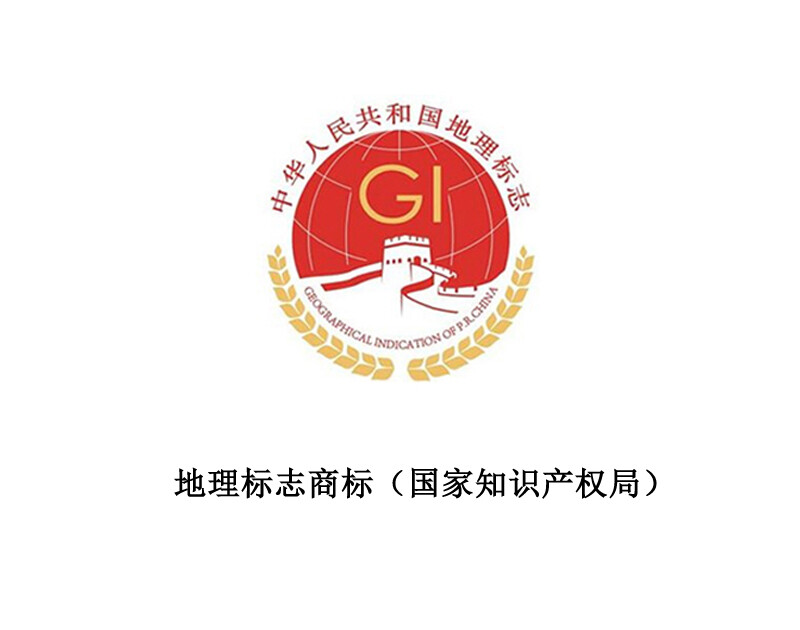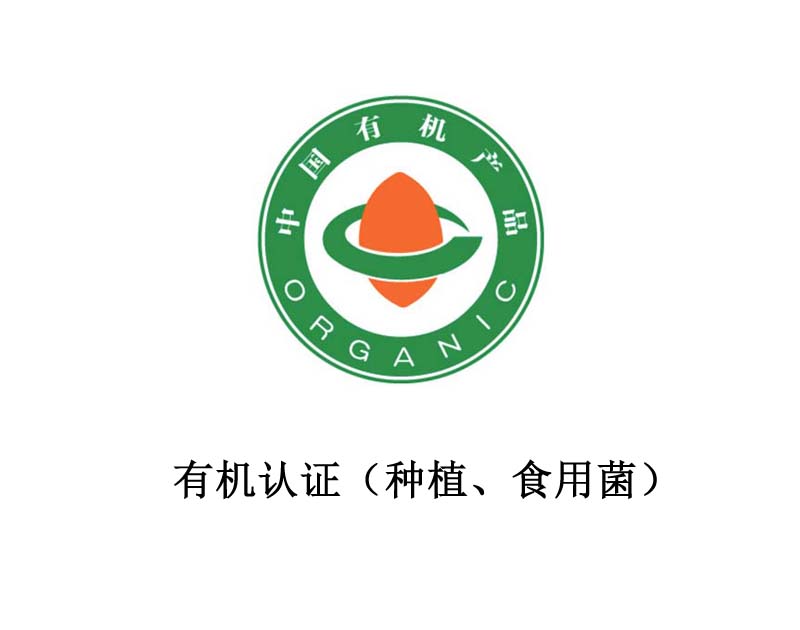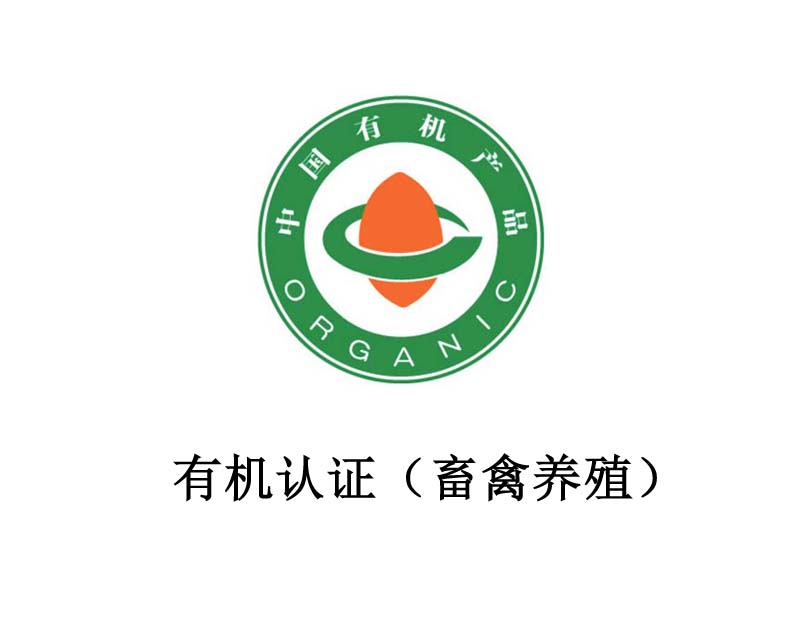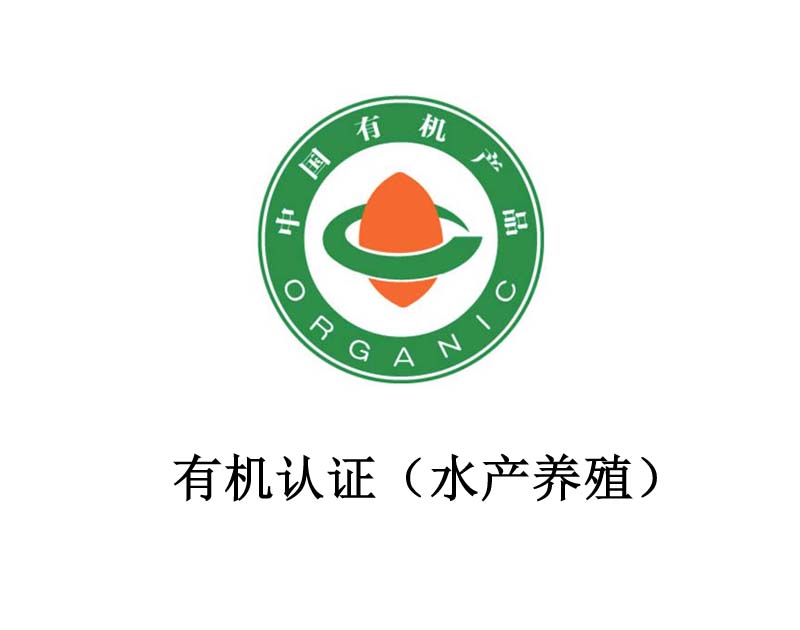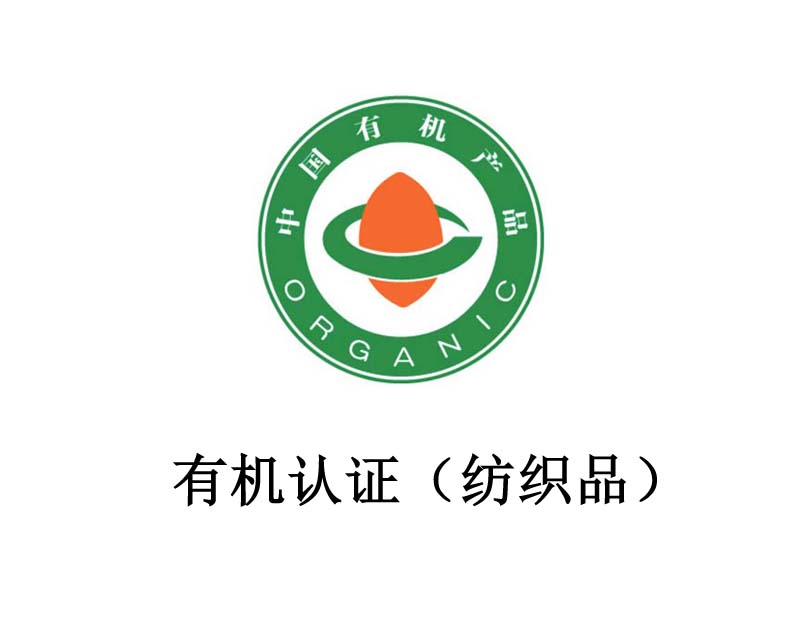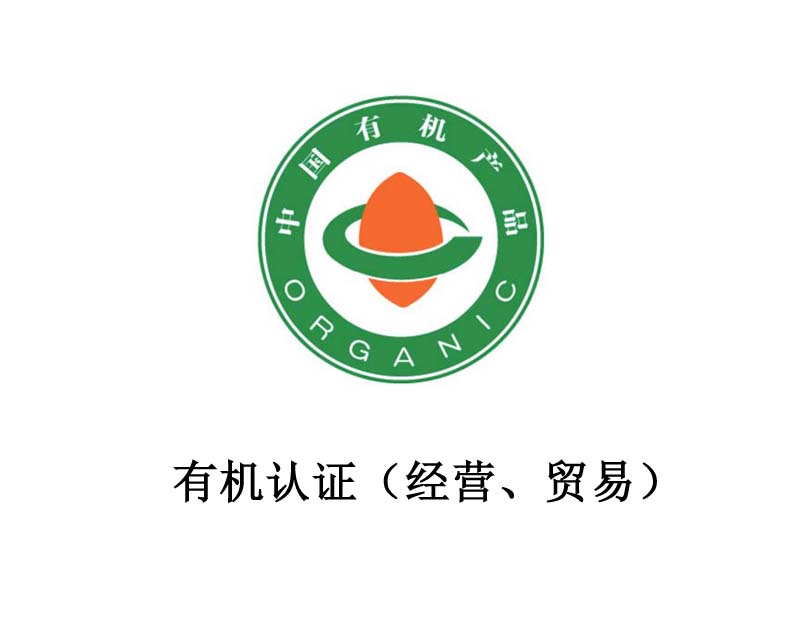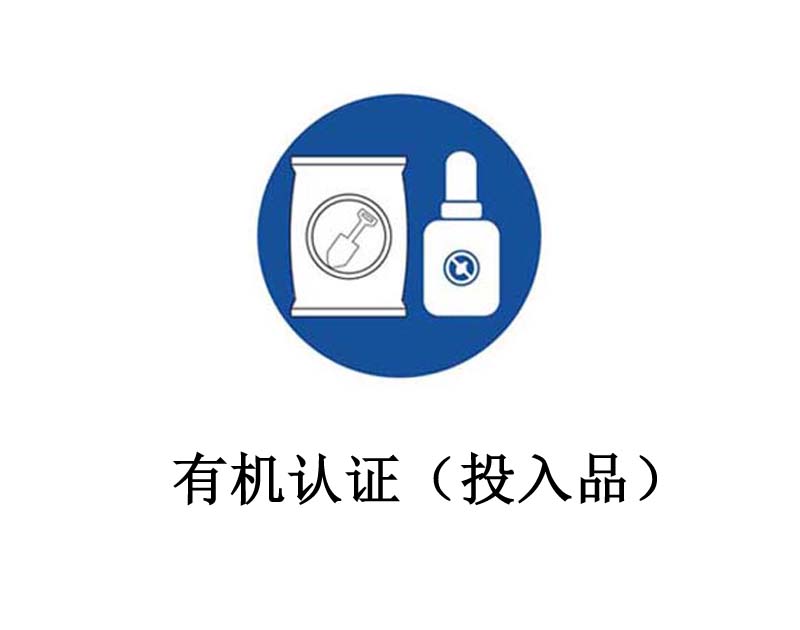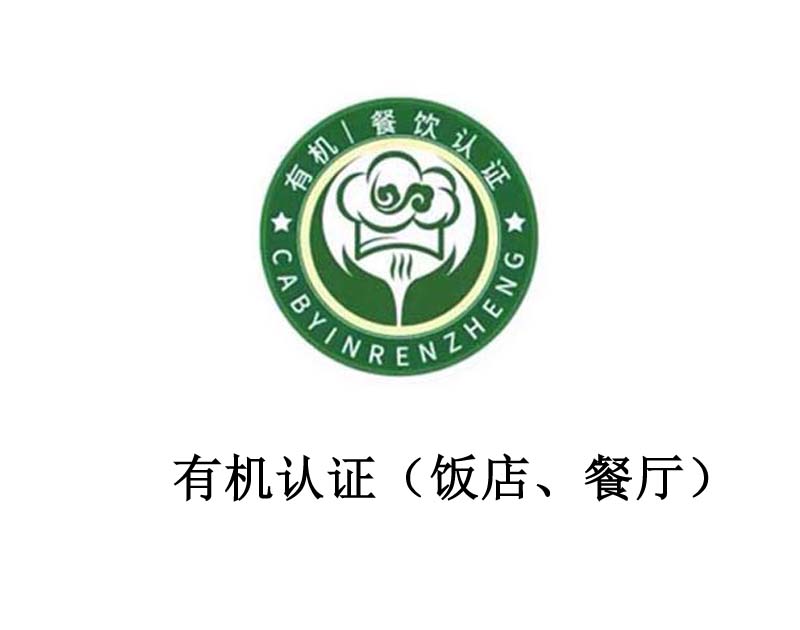Agricultural Product Food Certification Service Network
Technical Support: China Green Huaxing (Beijing) Agricultural Research Institute
Copyright: Guohuan Organic Agricultural Products (Dezhou) Co., Ltd
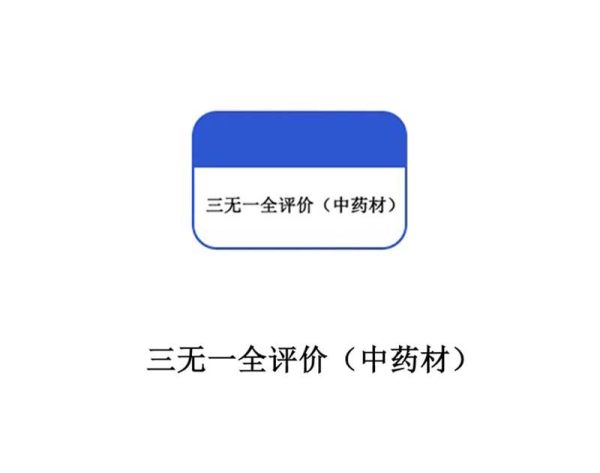
【Three-No and One-Complete Chinese Medicinal Materials Evaluation】Introduction:
Background: The quality and authenticity of Chinese herbal medicines, the primary processing and production of Chinese herbal medicines are important sources and key links to support the development of the entire Chinese medicine industry. In recent years, my country's Chinese herbal medicine industry has been developing and standardizing, but affected by various factors, there are still some problems in the Chinese herbal medicine industry, such as the decline in the quality of Chinese herbal medicines, the excessive residues of sulfur dioxide, heavy metals and pesticides, etc., which have been repeatedly banned, thus affecting the sustainable development of Chinese medicine.
In this context, promoting the standardized construction of Chinese medicinal materials bases, standardizing the production process of Chinese medicinal materials, and improving production management procedures are the only way for the development of the Chinese medicine industry. This document aims to establish a guide for the construction of "three-no and one-full" medicinal materials bases, which is of great significance for guiding and standardizing the construction of Chinese medicinal materials bases.
The "Three No and One Complete" Chinese Medicinal Materials Standard and the "Guidelines for the Construction of "Three No and One Complete" Medicinal Materials Bases" were issued by the China Association of Traditional Chinese Medicine and will be implemented on January 15, 2024.
[Concept and definition of "three no and one complete" medicinal materials]:
The Chinese medicinal materials are grown and stored without sulfur, without excessive aflatoxin, without pollution (including no excessive pesticide residues, no excessive heavy metals, no use of growth regulators to promote the growth of harvested organs), and with the entire process traceable.
[Basic requirements for declaring three-no and one-complete medicinal materials]:
1. The planting base should be located in the authentic production area or main production area, avoiding grain production areas and public welfare forests.
2. The planting area of a single variety should not be less than 1,000 mu, and the planting area of rare and endangered varieties and facility-cultivated varieties should be more than 200 mu.
3. Relevant technical regulations and operating procedures for “three no’s and one complete” should be established.
4. The management of production bases, seeds, seedlings, seed sources, and planting should comply with the provisions of the "Quality Management Standards for Chinese Medicinal Materials Production" of the State Food and Drug Administration.
5. Processing at the origin should comply with the relevant requirements of SB/T 11183 "Technical Specifications for Processing of Chinese Medicinal Materials at the Origin" issued by the Ministry of Commerce of the People's Republic of China.
6. Packaging should comply with the relevant requirements of SB/T 11182 "Technical Specifications for Packaging of Traditional Chinese Medicines" issued by the Ministry of Commerce of China.
7. The quality standards shall include but are not limited to the indicators specified in the Pharmacopoeia of the People's Republic of China: limit indicators such as sulfur dioxide, pesticide residues, heavy metals, and aflatoxins. The standards shall not be lower than the relevant requirements of the Pharmacopoeia of the People's Republic of China.
[Key technical control points of three-no and one-full medicinal materials]:
1. No fumigation
Sulfur fumigation should not be used in the processing stage at the place of origin, sulfur fumigation should not be used in the warehousing stage, and aluminum phosphide fumigation should not be used in the warehousing stage.
2. No aflatoxin exceeding the standard
2.1 Prevent aflatoxin during the planting process: Reasonable density planting, not too high planting density, strengthen field management, and avoid aflatoxin contamination in medicinal materials.
2.2 Prevent aflatoxin during processing: Process and dry in time. Chinese medicinal materials that are not completely dried should not be piled up and stored for a long time. The utensils and facilities involved in the processing process at the place of production should avoid aflatoxin contamination.
2.3 Prevent aflatoxin during storage: The storage facility configuration and stacking management should comply with the requirements of SB/T 11094 "Specifications for Storage Management of Traditional Chinese Medicines". Stacking should not be too high, and modern storage and preservation technologies and equipment such as controlled atmosphere can be used.
2.4 Prevent aflatoxin during transportation: Transportation vehicles should avoid aflatoxin contamination, and transportation should be avoided on rainy days. Transportation in humid seasons should be moisture-proof.
3. Key points of pollution-free technology
According to the type of each Chinese medicinal material, pollution-free and reasonable fertilization and pollution-free integrated pest and disease control procedures should be formulated, and the dosage, frequency, time, safe interval, protective measures, etc. of the pesticide types should be specified. The application amount and safe interval should be controlled in accordance with the requirements of the "Guidelines for the Rational Use of Pesticides" GB/T8321.1-5.
Highly toxic, highly toxic, and high-residue pesticides prohibited by the Ministry of Agriculture and Rural Affairs, as well as other pesticides restricted for use on Chinese medicinal materials, should not be used. Growth regulators (such as growth enhancers) should not be used.
4. Traceability of the entire process of Chinese herbal medicine
The whole process traceability of Chinese medicinal materials should include the whole process of seed and seedling production, planting, field management, pest and disease control, harvesting, processing at the origin, packaging, warehousing logistics, quality, etc. Specific information includes origin, origin, source, plot information, operation parameters, operation date, operator, facilities and equipment used, items used, meteorological data and other information. It can record each operation link, different growth and development stages, and use investment products and other image data.
The Chinese medicinal materials traceability system can be used to achieve traceability by scanning codes, and the Internet of Things technology can be used to access climate monitoring and surveillance equipment.
[Which companies can apply for the “three no and one complete” medicinal material evaluation]?
Any medicinal material raw material enterprise of a certain scale can apply. The scope of application includes: medicinal raw materials derived from medicinal plants, medicinal animals and other resources, which are used in the production of Chinese herbal medicines and Chinese medicine preparations after standardized planting (including ecological planting, wild cultivation and simulated wild cultivation), harvesting and processing at the place of production.
